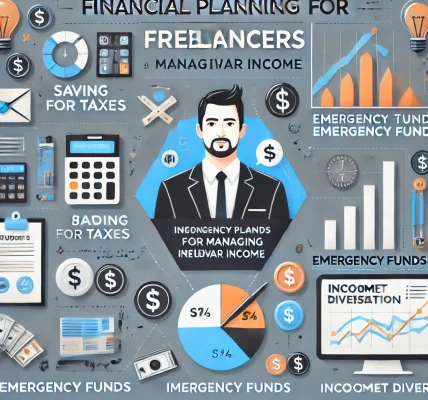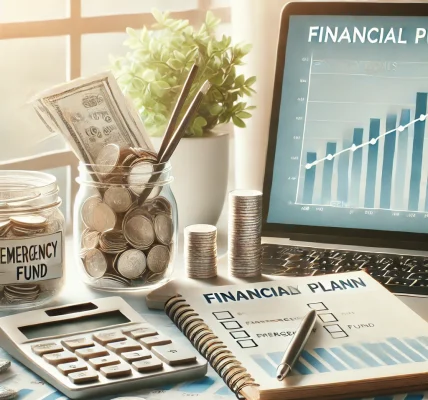Introduction
Debt can feel overwhelming, but with the right strategy, anyone can reduce and eliminate it efficiently. Whether it’s student loans, credit card debt, or a mortgage, proper debt management is key to financial stability. This guide will walk you through essential steps to regain control of your finances, improve your credit score, and work toward a debt-free future.
Step 1: Assess Your Financial Situation
Before tackling your debt, you need to understand where you stand. Start by:
- Listing all debts, including balances, interest rates, and minimum payments.
- Reviewing your income sources and monthly expenses.
- Checking your credit score to understand your financial health.
- Identifying unnecessary expenses that can be reduced or eliminated.
Step 2: Create a Budget
A well-planned budget helps allocate money efficiently toward debt repayment.
Budgeting Methods:
- 50/30/20 Rule: Allocate 50% for essentials, 30% for discretionary spending, and 20% for savings and debt repayment.
- Zero-Based Budgeting: Every dollar is assigned a purpose, ensuring complete control over finances.
- Envelope System: Physically or digitally allocate cash for different spending categories.
Step 3: Prioritize Debt Repayment
There are multiple strategies for paying off debt efficiently:
Debt Avalanche Method (Best for Saving Money)
- Focus on paying off the highest-interest debt first while making minimum payments on others.
- Once the highest-interest debt is paid, move to the next highest.
- Saves money on interest over time.
Debt Snowball Method (Best for Motivation)
- Pay off the smallest debt first while making minimum payments on others.
- Once a small debt is cleared, use the freed-up money to pay the next smallest debt.
- Provides psychological motivation and a sense of achievement.
Step 4: Reduce Interest Rates
Reducing interest rates can make debt repayment easier and faster:
- Negotiate with creditors for lower interest rates or better repayment terms.
- Consider balance transfer credit cards with 0% introductory APR.
- Refinance student loans or mortgage to secure lower interest rates.
- Consolidate debt into a single lower-interest loan to simplify payments.
Step 5: Increase Your Income
Boosting your income allows you to pay off debt faster. Consider:
- Freelancing or side hustles (writing, graphic design, tutoring, ridesharing, etc.).
- Selling unused items online.
- Asking for a raise or seeking a higher-paying job.
- Investing in skills and education to improve career prospects.
Step 6: Avoid New Debt
While repaying existing debt, it’s crucial to avoid accumulating new debt.
- Use cash or debit cards instead of credit cards.
- Build an emergency fund to avoid reliance on credit for unexpected expenses.
- Only take loans when absolutely necessary and with a clear repayment plan.
Step 7: Track Progress and Stay Motivated
Debt repayment is a long-term process. Keep yourself motivated by:
- Celebrating small wins, such as paying off a credit card.
- Using debt payoff calculators to track progress.
- Joining financial support communities to stay accountable.
- Reminding yourself of the benefits of a debt-free future.
Step 8: Improve Your Credit Score
A good credit score provides better financial opportunities and lower interest rates.
- Make on-time payments consistently.
- Keep credit utilization below 30%.
- Avoid opening multiple new accounts in a short period.
- Check credit reports regularly and dispute any errors.
Conclusion
Eliminating debt requires discipline, patience, and a solid strategy. By assessing your financial situation, creating a budget, prioritizing debt repayment, reducing interest rates, and increasing income, you can achieve financial freedom. Stay committed to your plan, and you’ll soon enjoy a debt-free and financially secure future!



